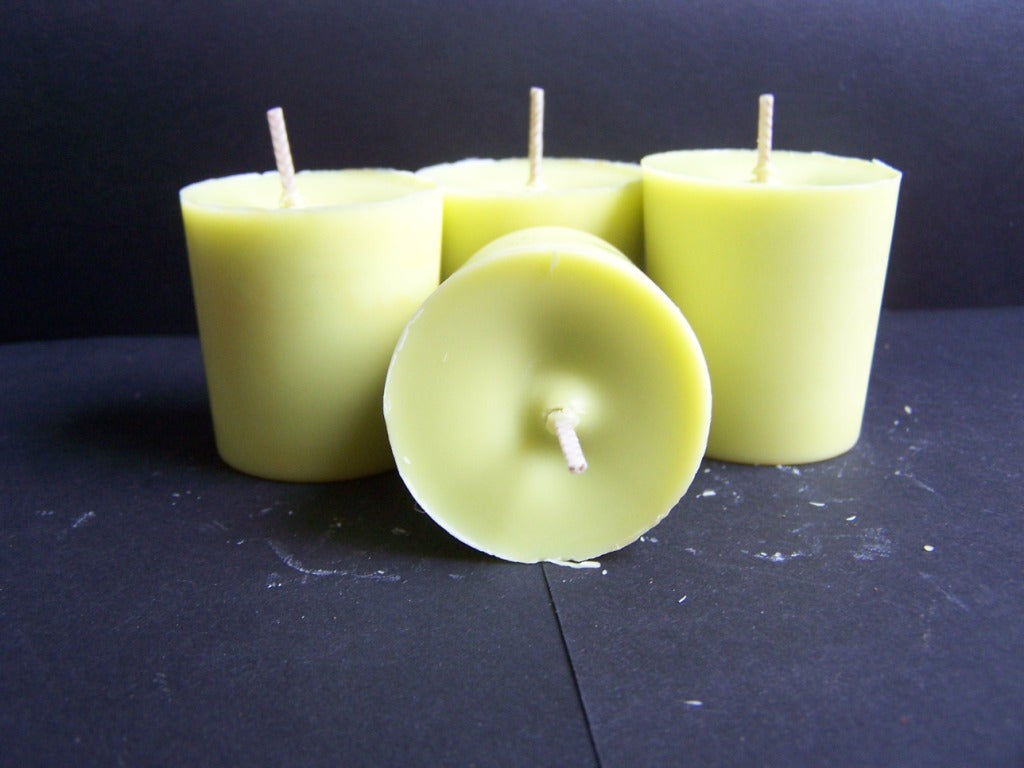Find out the Magic of Crystal Soy Candles and Home Fragrance
Find out the Magic of Crystal Soy Candles and Home Fragrance
Blog Article
From Wick to Wax: Comprehending the Chemistry Behind Soy Wax Candles and Their Environmental Effect
As we brighten our spaces with the cozy glow of candles, there exists a world of complex chemistry behind the relatively easy act of lighting a soy wax candle light. Join us as we decipher the clinical intricacies behind soy wax candle lights and discover their ramifications on our atmosphere.
Soy Wax Vs. Paraffin Wax
When contrasting soy wax and paraffin wax for candle light making, it is important to recognize the unique qualities and advantages of each material. Soy wax is a natural, renewable energy originated from soybean oil, making it environmentally friendly and biodegradable - home fragrance. In comparison, paraffin wax is a by-product of petroleum refining, which increases concerns about its ecological impact and sustainability
Soy wax candles burn cleaner and send out less soot compared to paraffin wax candles, making them a healthier option for interior air quality. Additionally, soy wax has a reduced melting factor, enabling a longer-lasting candle light that disperses fragrance better. Paraffin wax, on the other hand, has a tendency to burn faster and much less easily, potentially launching harmful chemicals into the air.
From a sustainability point of view, soy wax is preferred for its biodegradability and eco-friendly sourcing, lining up with the growing customer choice for eco mindful products. While paraffin wax has been a typical selection in candle light making as a result of its price and simplicity of use, the shift in the direction of environment-friendly options like soy wax is getting momentum in the industry.
Chemical Structure of Soy Wax

Combustion Process in Soy Candles
The chemical structure of soy wax directly influences the burning process in soy candles, impacting variables such as melt time, aroma launch, and ecological influence. When a soy candle light is lit, the heat from the flame melts the wax near the wick. This liquid wax is then formulated the wick as a result of capillary activity. As the liquid wax gets to the fire, it goes through and vaporizes combustion. The combustion procedure includes the vaporized hydrocarbons in the wax responding with oxygen airborne to produce warm, light, water vapor, and co2.
The burning effectiveness of soy candles is influenced by the purity of the soy wax and the top quality of the wick. In addition, soy wax candle lights have a lower environmental effect compared to paraffin candles due to their renewable and eco-friendly nature.

Environmental Benefits of Soy Wax

Considered a sustainable alternative to typical paraffin wax, soy wax provides notable ecological advantages that make it a prominent selection amongst eco-conscious customers. Soy wax burns cleaner and creates less residue than paraffin wax, contributing to better interior air high quality and minimizing the requirement for cleaning and upkeep. In general, the environmental benefits of soy wax straighten with the expanding demand for sustainable and environment-friendly products in the market.
Recycling and Disposal Considerations
Recycling and proper disposal of soy wax candle lights play an important function in keeping ecological sustainability and minimizing waste in families and neighborhoods. When it comes to recycling soy wax candles, the initial step is to ensure that the candle light has burned totally.

In regards to disposal, if recycling is not an alternative, soy wax candle lights are biodegradable and can be securely gotten rid of in most house waste systems. It is constantly recommended to inspect with neighborhood reusing centers or waste administration solutions for particular guidelines on candle disposal to make sure proper handling and environmental protection.
Conclusion
In final thought, the chemistry behind soy wax candle lights exposes their ecological benefits over paraffin wax candle lights. Soy wax, originated from soybean oil, burns cleaner and produces much less soot when compared to paraffin wax. The burning procedure in soy candles is a lot more reliable, bring about a longer and extra also melt. Furthermore, soy wax is biodegradable and sustainable, making it a more sustainable choice for candle production. Reusing and appropriate disposal of soy wax candle lights further add to their environmental influence.
When contrasting soy wax and paraffin wax for candle light production, it is necessary to understand the distinctive qualities and benefits of each material (candles).Soy wax candle lights burn cleaner and discharge less soot compared to paraffin wax candles, making them a healthier choice for interior air high quality.Considered a sustainable option to traditional paraffin wax, soy wax provides noteworthy environmental benefits that make it a prominent selection amongst eco-conscious consumers. Soy wax burns cleaner and creates much less soot than paraffin wax, adding to better indoor air quality and lowering the need for cleansing and upkeep.In final thought, the chemistry behind soy wax candles reveals their environmental advantages over paraffin wax candles
Report this page